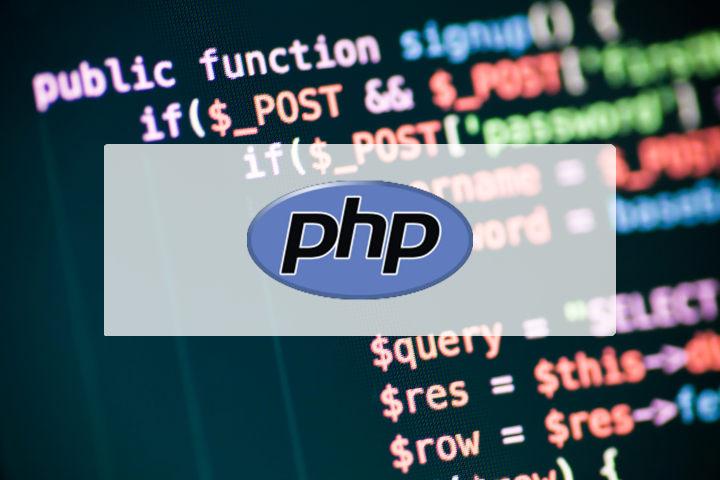
Hey there, tech-savvy readers! Today, I’m diving into a topic that’s been a hot favorite among server administrators and developers alike—how to upgrade from PHP 7.4 with the Apache module to PHP 7.4-FPM on an Ubuntu server, and why you might want to consider making the switch.
Why PHP-FPM?
First off, why would you want to switch to PHP-FPM? If you’ve been running PHP as an Apache module, you’ve likely experienced its limitations in terms of concurrency and performance. PHP-FPM (FastCGI Process Manager) offers a more efficient and scalable approach. It’s designed to manage multiple PHP processes, handles requests faster, and provides better process management. Plus, with PHP-FPM, you get greater server load handling capabilities, making it a prime option for busy websites.
Making the Switch
Switching to PHP-FPM is pretty straightforward and can be done with minimal downtime if planned effectively. Here’s a quick guide based on my personal experience moving configurations on my Ubuntu server.
-
Back Up Your Configuration:
Before touching anything, create a backup of your existing configurations. Mistakes happen, and having a backup means you’re always a step away from recovery.sudo cp -r /etc/php/7.4/apache2/conf.d /etc/php/7.4/apache2/conf.d.bak -
Install PHP 7.4-FPM:
The first official move is to get PHP 7.4-FPM installed because it doesn’t come pre-packaged with most default server setups.sudo apt update sudo apt install php7.4-fpm -
Configure PHP-FPM:
PHP-FPM is set up to listen over a socket or a port. Most choose the UNIX socket for its efficiency:- Edit your FPM pool configuration here:
/etc/php/7.4/fpm/pool.d/www.conf
listen = /run/php/php7.4-fpm.sock - Edit your FPM pool configuration here:
-
Update Apache Configuration:
Here’s where the magic happens. Disabling the PHP 7.4 Apache module allows you to go full FPM.sudo a2dismod php7.4 sudo a2enmod proxy_fcgi setenvif sudo a2enconf php7.4-fpm -
Ensure Compatibility with Existing
.iniFilesPHP-FPM is backward compatible with most Apache PHP module configurations. To use the existing PHP module
.inifiles, create symbolic links to the FPM configuration directory:sudo ln -s /etc/php/7.4/apache2/conf.d/* /etc/php/7.4/fpm/conf.d/ -
Restart Services:
Apply all changes with a quick service restart.sudo systemctl restart php7.4-fpm sudo systemctl restart apache2 -
Verify and Optimize:
Create a PHP Info file as a quick check. It’s a simple step to ensure FPM is ruling the roost efficiently.echo "<?php phpinfo();" | sudo tee /var/www/html/info.php -
Tidy Up:
Assuming everything checks out, remove your backups after a while to keep things clean. -
Enable it to Start on Boot:
sudo systemctl enable php7.4-fpm
Personal Observations:
Switching to PHP-FPM has streamlined performance for my web apps, especially under heavy load. There’s a noticeable reduction in server resource consumption and downtime.
This method has been particularly useful for addressing concurrency issues and is a decision I believe has profoundly balanced my server loads. So if you’re managing a growing web application, this guide can help you make the shift with confidence!
Sources:
To get deeper into the weeds, you might want to dive into PHP-FPM Documentation or explore the details in the Apache HTTP Server Documentation.
Navigating server changes can be daunting but armed with the right tools and instructions, you’ll have everything humming nicely. Happy coding!